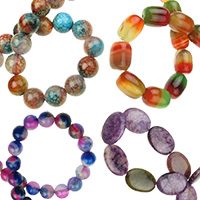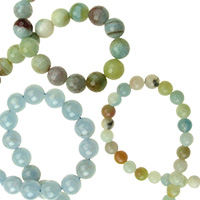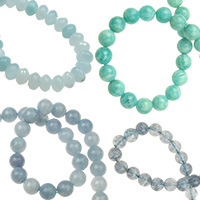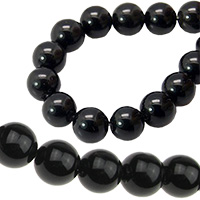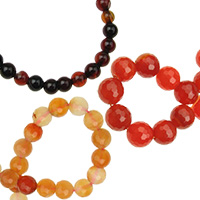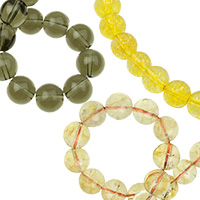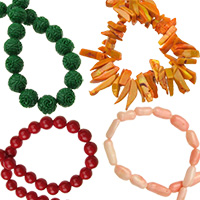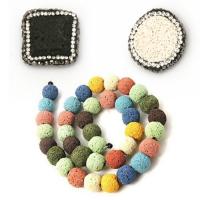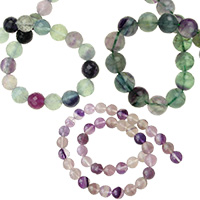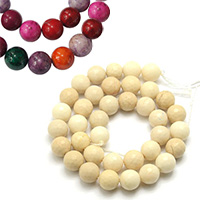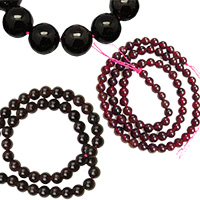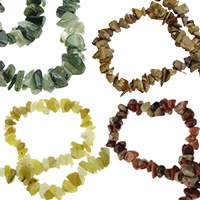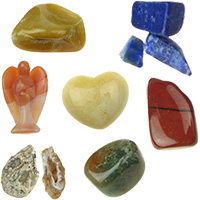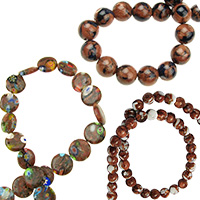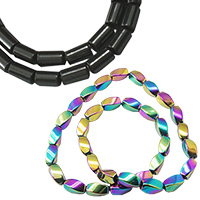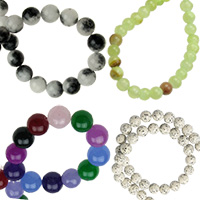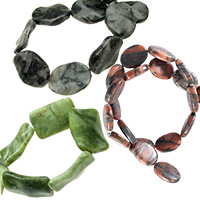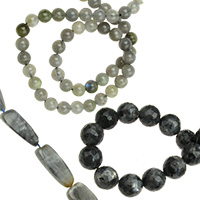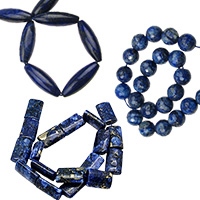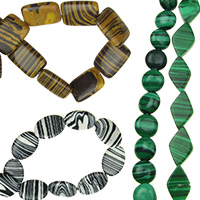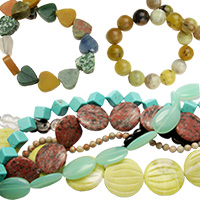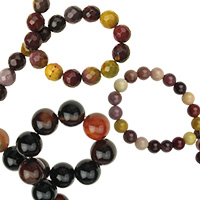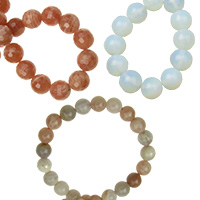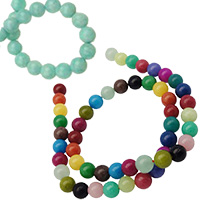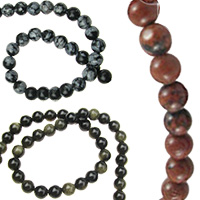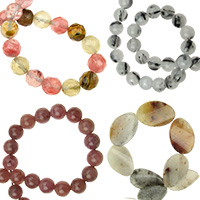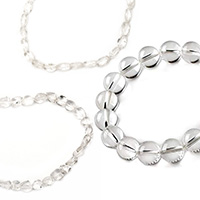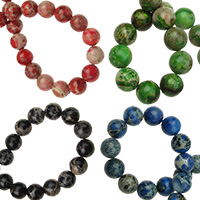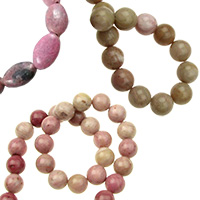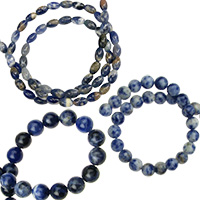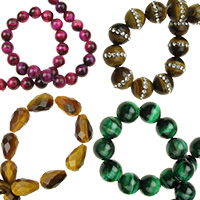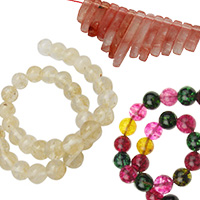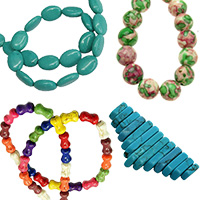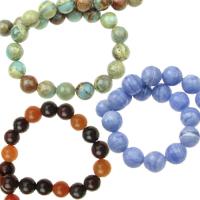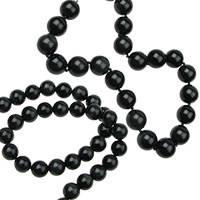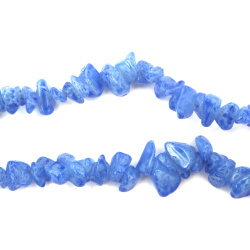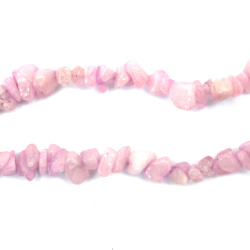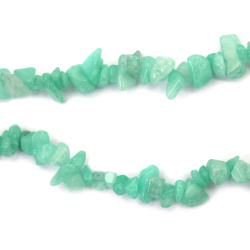Gemstones, Semi-precious and Natural Stones & Minerals
Charge your life with the power and wisdom of the almighty universe. Buy gemstones and semi-precious stones, fossils, pearls, and other gifts of the earth’s elements at the best prices. The great variety we offer will cover your individual needs. Minerals in their many colors, shapes and energy properties will bring you prosperity, health, beauty, love and balance.
View more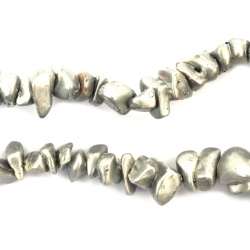
Colored Magnesite In Silver, Measuring 8-12 Mm And Approximately 80 Cm In Length
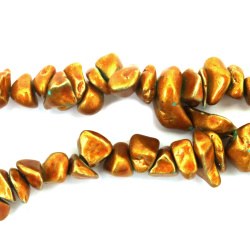
Colored Magnesite In Gold, Measuring 8-12 Mm And Approximately 80 Cm In Length
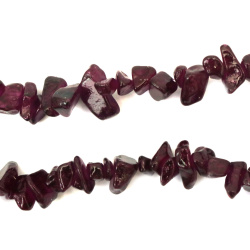
Colored Agate Strand Of Natural Stone Chips, Measuring 5-7 Mm In Orchid Color And Approximately 85 Cm In Length
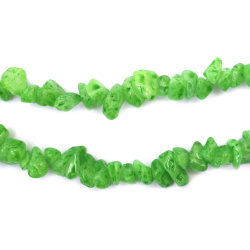
Colored Agate Strand Of Natural Stone Chips, Measuring 5-7 Mm In Light Green Color And Approximately 85 Cm In Length
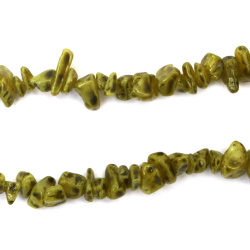
Colored Agate Strand Of Natural Stone Chips, Measuring 5-7 Mm In Olive Color And Approximately 85 Cm In Length

Dyed Quartz Strand, Aquamarine Imitation, Natural Stone Chips, 5-7 mm, ~85 cm
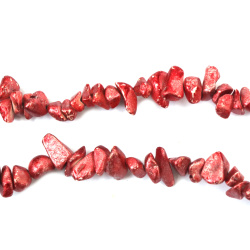
Colored Magnesite Chips, Measuring 5-7 Mm In Copper Color And Approximately 80 Cm In Length

Colored Magnesite Chips, Measuring 5-7 Mm In Platinum Color And Approximately 80 Cm In Length
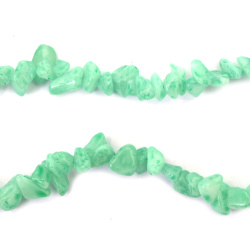
Dyed Agate Strand, Natural Stone Chips, 5-7 mm, Color Aquamarine, ~85 cm

Dyed Agate Strand, Natural Stone Chips, 5-7 mm, Color Dark Green, ~85 cm
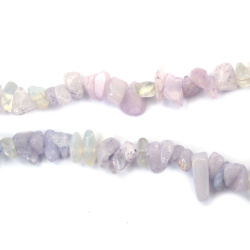
Dyed Light Purple Agate and Opalite Strand, Natural Stone Chips, 5-7 mm, ~85 cm
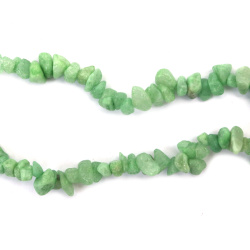
Dyed Quartz Strand, Aventurine Imitation, Natural Stone Chips, 5-7 mm, ~85 cm
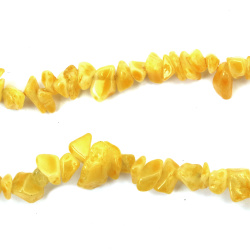
Colored Agate Strand Of Natural Stone Chips, Measuring 5-7 Mm In Yellow Color And Approximately 85 Cm In Length
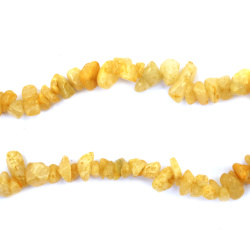
Dyed Quartz Strand, Citrine Imitation, Natural Stone Chips, 5-7 mm, ~85 cm
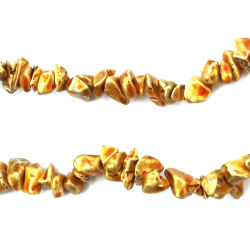
Colored Magnesite Chips, Measuring 5-7 Mm In Gold Color And Approximately 80 Cm In Length
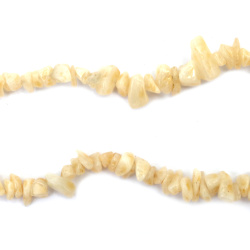
Colored Agate Strand Of Natural Stone Chips, Measuring 5-7 Mm In Champagne Color And Approximately 85 Cm In Length
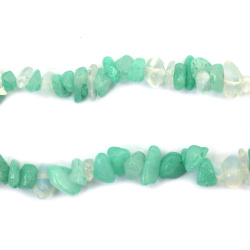
Dyed Aquamarine Agate and Opalite Strand, Natural Stone Chips, 5-7 mm, ~85 cm
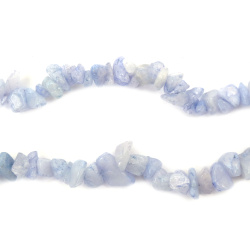
Dyed Quartz Strand, Amethyst Imitation, Natural Stone Chips, 5-7 mm, ~85 cm
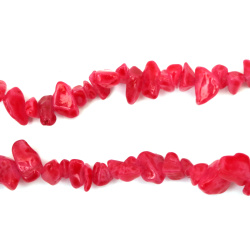
Colored Agate Strand Of Natural Stone Chips, Measuring 5-7 Mm In Fuchsia Color And Approximately 85 Cm In Length

Colored Agate Strand Of Natural Stone Chips, Measuring 5-7 Mm In Cyclamen Color And Approximately 85 Cm In Length
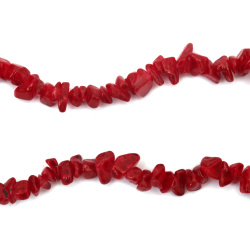
Colored Agate Strand Of Natural Stone Chips, Measuring 5-7 Mm In Cherry Color And Approximately 85 Cm In Length

Colored Agate Strand Of Natural Stone Chips, Measuring 5-7 Mm In Orange Color And Approximately 85 Cm In Length
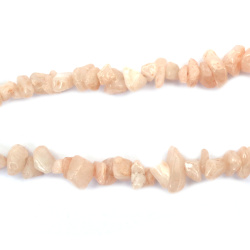
Colored Agate Strand Of Natural Stone Chips, Measuring 5-7 Mm In Banana Color And Approximately 85 Cm In Length
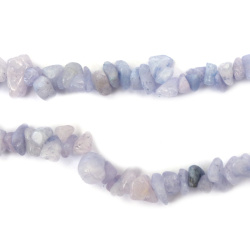
Dyed Agate Strand, Natural Stone Chips, 5-7 mm, Color Light Purple, ~85 cm
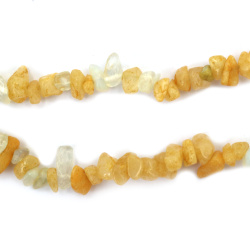
Colored Agate And Opalite Strand Of Natural Stone Chips, Measuring 5-7 Mm And Approximately 85 Cm In Length

Tourmalinated Quartz Faceted Round Bead, 3 mm, Strand, Semi-Precious Stone, ~140 Pieces

Citrine Ribbed Cylinder, 5~8x10~12 mm, Strand, Natural Stones, ~28~30 pieces
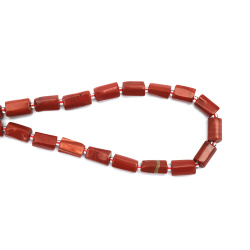
Red Jasper Ribbed Cylinder, 7~9x12~14 mm, Strand, Natural Stones, ~27~31 pieces
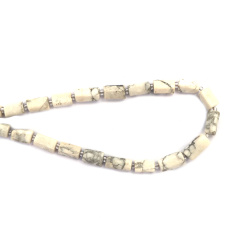
Howlite Ribbed Cylinder, 6~8x10~14 mm, Strand, Natural Stones, ~29~32 pieces
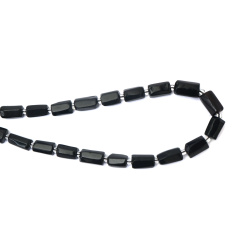
Tourmaline Ribbed Cylinder, 7~9x9~13 mm, Strand, Natural Stones, ~28~30 pieces
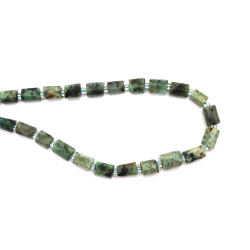
African Turquoise Ribbed Cylinder, 5~8x7~10 mm, Strand, Natural Stones, ~29~35 pieces

Prehnite Ribbed Cylinder, 6~8x11~13 mm, Strand, Natural Stones, 28~32 pieces
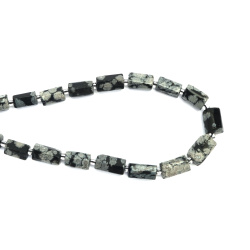
Snowflake Obsidian Ribbed Cylinder, 6~8x11~13 mm, Strand, Natural Stones, 28~31 pieces
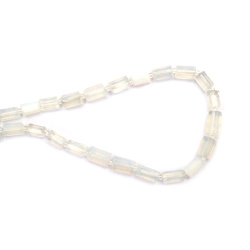
Moonstone Opalite Ribbed Cylinder, 7~8x11~13 mm, Strand, Natural Stones, 30~31 pieces

Kyanite Ribbed Cylinder, 6~8x10~13 mm, Strand, Natural Stones, 30~32 pieces

Apatite Ribbed Cylinder, 6~8x10~13 mm, Strand, Natural Stones, ~32 pieces

Amethyst Ribbed Cylinder, 6~8x11~13 mm, Strand, Natural Stones, 28~30 pieces
The Magic of Natural Stones and Minerals
Precious stones are composed of various minerals and are highly valued for their beauty, durability, and rarity. There are a few non-crystalline organic stones, such as pearls, red corals, and amber. They are also classified as precious stones.
Precious stones have been used since ancient times for jewelry making.
Precious stones have been considered miraculous and endowed with mysterious powers by many civilizations. Different stones possess unique attributes.
For example, it was believed that diamonds gave their owners strength in battles and protected them from ghosts and spells. Such beliefs still exist in the modern practice of wearing birthstones.
Out of over 2000 identified natural minerals, fewer than 100 are used as gemstones, and only 16 are truly valued.
These include beryl, chrysoberyl, corundum, diamond, feldspar, garnet, jade, lapis lazuli, olivine, opal, quartz, spinel, topaz, tourmaline, turquoise, and zircon. Some of these minerals provide more than one type of gemstone.
Beryl is the stone that provides emeralds and aquamarines, while corundum provides rubies and sapphires. In almost all cases, minerals must be cut and polished before usage.
Except for the diamond, which presents certain difficulties due to its extreme hardness, precious stones are cut and polished in three ways.
- Agate, opal, jasper, onyx, chalcedony can be tumbled, meaning they can be placed in a cylinder with abrasive sand and water, and the cylinder is rotated around its long axis. This way, the stones will be polished and have an irregular shape.
- The same types of gemstones can instead be cut into a cabochon (i.e., with a rounded top surface and a flat bottom) and polished on water or motorized sandstone wheels.
- Gemstones with a Mohs hardness above 7 can be cut with a carborundum saw and then mounted in a holder and pressed against a lathe that can be rotated at high speed.
- The lathe carries a tip or small disk of soft iron that can vary in diameter from that of a pinhead to a quarter-inch. The face of the disk is charged with grains of carborundum and diamond dust, along with oil.
- Another tool used for grinding facets is the dental engine, which has greater flexibility and sensitivity than the lathe. The facets are ground onto the stone using these tools and then polished as described above.
Crucial to the modern action of gemstones is the type of cutting known as faceting, which produces brilliance from the refraction of light. Until the late Middle Ages, all kinds of gemstones were cut into cabochons or flat plates.
The first attempts at cutting and faceting aimed to cover up the stones’ natural imperfections. Proper cutting, however, depends on a detailed knowledge of the stone’s crystal structure.
Moreover, it was not until the 15th century that the abrasive property of diamonds was discovered and used. Following this discovery, the art of cutting and polishing precious stones developed, first in France and the Netherlands. Rose cuts were developed in the 17th century, and the brilliant cut, now the most preferred for diamonds, was first used around 1700.
In modern gemstone cutting, the cabochon method continues to be used for opaque, translucent and transparent stones, such as opal, carbuncle, and others. For most transparent gemstones (especially diamonds, sapphires, rubies, and emeralds), faceted cutting is almost always used.
In this method, multiple facets are cut geometrically to bring out the beauty of light and color to the greatest advantage. This is done at the expense of material, often up to half the stone or more, but the gemstone’s value increases significantly.
The four most common faceted shapes are the brilliant cut, step cut, scissor cut and rose cut.
Some stones are engraved with high-speed cutting tools. The stone is held by hand against the tool, with the shape, symmetry, size, and depth of the cut being determined by eye.
Gemstones can also be made by cementing several smaller stones to create a large piece of jewelry.
In some cases, the color of gemstones is also enhanced. This is achieved by any of these three methods:
- heating under controlled conditions.
- exposure to X-rays or radium.
- applying pigment or colored foil to the facets of the pavilion (base).
Recently, various types of synthetic gemstones have been produced, including:
- rubies
- sapphires
- emeralds.
Currently, two methods are used for production, one involving crystal growth from a solution and the other - from melts.
14 Interesting Facts About Natural Stones and Minerals
- Sapphire is the only gemstone that comes in all the colors of the rainbow. The next time you buy sapphire beads, get them in your favorite rainbow color.
- The largest diamond is known as the Hope Diamond. The deep blue diamond weighs 4.25 carats. The diamond is housed in the world-famous Smithsonian Museum, one of the most visited museums in the world.
- Citrines and amethysts are made from the same mineral, with the difference only in color. Interestingly, excessive heat changes their color.
- Blue-violet tanzanites are known for their appealing shade, but you would be surprised to know that when extracted from the earth, they are colorless. They undergo thermal treatment to achieve the beautiful blue-violet tanzanite.
- The Diamond Crater National Park in Arkansas allows you to dig for diamonds yourself!
- The stunning gemstone iolite is often mistaken for tanzanite and sapphire. It is a popular alternative to their expensive counterparts. You should never clean the gemstone with ultrasonic cleaners available on the market. The chemicals in them can destroy the shine of iolite.
- The emerald and aquamarinestones are made from the same mineral.
- Amethyst gemstones were once considered one of the most valuable on earth, but the equation changed overnight when huge reserves were discovered in Brazil.
- Black onyx is not a natural gemstone but is dyed black. This is why it needs to be cleaned very carefully.
- In ancient times, women wore opal beads in their hair to protect the color of their blonde locks.
- It is believed that many sapphires sank with the iconic ship Titanic.
- Garnet gets its name from the seeds of the famous pomegranate fruit.
- Quartz and tourmaline stones produce an electric charge when heated. Another interesting thing about tourmaline is that it attracts dust when exposed to light.
- The Gemstone Mine is a famous place in North Carolina known for its colorful gemstones. You can dig for moonstones, citrines, garnets, emeralds, aquamarines, and many others there.
More About Gemstones and Minerals
All gemstones are classified using four main parameters - the four Cs:
- color
- clarity
- cut
- carat weight
However, there is no universally accepted gemstone grading system. Diamonds are classified using a system developed by the Gemological Institute of America (GIA) in the early 1950s.
Historically, all gemstones were graded with the naked eye. The GIA system includes a basic innovation: introducing 10x magnification as a standard for grading clarity. Other gemstones are still graded with the naked eye.
You may have heard of the Mohs scale, which ranks the hardness of gemstones and minerals on a scale from 1 (least hard - talc) to 10 (hardest - diamond).
Few people outside the gemstone industry realize the true nature of a gemstone’s journey from mine to store counter.
Whether the gemstone is offered to the consumer at a traditional jewelry store or online, the journey always requires tons of earth and countless hours of labor.
Gemstones have been a symbol of wealth and power for centuries.
Apart from being used as jewelry, many civilizations believed gemstones have mysterious powers.
- Jade was the royal gemstone in early Chinese culture, while lapis lazuli was highly prized by the pharaohs of Ancient Egypt.
- The name "diamond" derives from ancient Greek, meaning "proper," "immutable," "unbreakable," "untamed," and "invincible."
- If a gemstone has star-like white rays, this is called the "star effect" or asterism. Moreover, the star effect is often observed in garnet and emeralds.
- Gemstones change colors under different lights or radiation. Some gemstones can also be fluorescent.
- Some gemstones can change colors according to the mood of the person who wears them;
- They were worn as mood rings in the early Victorian era. Mood stones work by reacting to body temperature.
A birthstone is a gemstone culturally associated with a person’s birth month. Historically, different cultures have used many different sets of birthstones. In 1912, the Jewellers of America, the national association of jewelers in the USA, officially adopted the following list, which is currently the most widely used list in the world:
- January: Garnet
- February: Amethyst
- March: Aquamarine or Bloodstone
- April: Diamond
- May: Emerald
- June: Pearl, Moonstone, or Alexandrite
- July: Ruby
- August: Peridot, Sardonyx, or Sapphire
- September: Sapphire
- October: Opal or Tourmaline
- November: Citrine or Yellow Topaz
- December: Turquoise, Lapis Lazuli, Zircon, Blue Topaz, or Tanzanite
Hidden Meanings of Some Gemstones
Emerald
According to a legend, the emerald is one of the stones given by God to King Solomon - a gift that granted him power over all creation. The Incas used emeralds in their jewelry and religious ceremonies. The Spaniards - who generally valued gold and silver much more than gemstones - traded the stone for precious metals.
Some even believed that placing an emerald under the tongue could help a person see the future, and be protected from evil spells. It is said that wearing an emerald allows you to discern truth or falsehood in a lover’s oath.
Amber
Though amber technically represents petrified tree resin rather than stone, it is still considered a gemstone. In Scandinavian mythology, Freyja weeps tears that turn into gold and amber when her husband is away.
This stone is associated with electricity and light: We derive the word electricity from the Greek name for amber, electron, and the stone, once thought to be made of impure sunlight, was sacred to the Greek god Apollo.
Chinese believed that amber was the soul of a tiger transformed after death.
Moonstone
According to Hindu mythology, moonstones consist of solidified moonbeams. Other cultures associate this gemstone with moonlight. The geological structure of the stone disperses light, creating a phenomenon called adularescence, which visually resembles scattered moonlight.
Similar to beliefs about emeralds, some ancients believed that placing a moonstone in the mouth during a full moon could give a person a glimpse into their future.
Tourmaline
The symbolic properties of tourmaline vary significantly depending on the region. According to Egyptians, the stone found its set of colors (tourmaline usually comes in pink, blue, yellow, green, and red) when it left the earth’s center and passed through the rainbow.
Some African and Australian shamans believe these are stones that can find sources of problems, provide insight, and offer direction towards the good. In many cultures, black tourmaline was believed to protect against dark magic. Native Americans gave certain shades of the stone as burial gifts.
Diamond
Diamonds are the only gemstones composed of a single pure element, carbon. Its molecules bond in perfect symmetry, making it the hardest natural substance on the planet. Due to these physical properties, they have long symbolized strength, longevity, constancy and luck.
Topaz
Early gem-cutters considered topaz as a stone capable of:
- protecting against diseases and premature deaths.
- strengthening the brain.
- reducing anger and sadness.
- eliminating cowardice.
This stone was believed to cool boiling water, become invisible in the presence of poison, and create its own light. Mystic and Roman Catholic Saint Hildegard of Bingen claimed to read prayers in a dark chapel by the light emitted from topaz.
Labradorite
This stone has the ability (called labradorescence) to change its color when "struck" by light. Native Canadians believed the gemstone could increase energy, reduce stress and anxiety, protect its wearer from danger, and help in communication with supernatural forces.
Garnet
Garnet is one of the stones believed to have been given by God to King Solomon. Hades gives pomegranate seeds, often associated with the stone, to Persephone, before she leaves as a sign of safety. Due to this, garnets are often given as gifts upon departure. When given in this context, they are believed to ensure quick, safe returns and eradicate emotional distance between separated lovers.
Garnets also have connections with light and work. It is said that Plato engraved his portrait on a garnet by a Roman engraver, and it is believed that Noah used a finely cut, glowing garnet to illuminate the ark.
Garnets symbolize the blood of Christ, and in the Quran, it is said that garnets illuminate the Fourth Heaven of Muslims.
Cats Eye
It is believed to protect soldiers from death, making enemies think their targets are already dead. In Hindu knowledge, it is believed that placing a cat’s eye on the "third eye" increases psychic abilities and repels evil spirits.
Each of these beliefs stems from the fact that the dark streaks of the stone appear to transform into bright ones and vice versa when turned. This phenomenon shows that opposites are not mutually exclusive: Dualistic doctrines - light as a symbol of good and darkness as a symbol of bad - are artificial and subjective and can be dissolved.
Agate
It is believed that agate gives those who wear it the favor of the gods and a brave heart. It is also said to increase fidelity in marriage and love. Once, Roman farmers wore talismanic agates in the hope that the heavens would grant them bountiful harvests. Thus, the ancient Persians believed that agate could ward off storms.
Opal
Opal is formed when silica gel particles are deposited in rock crevices. It has long been considered one of the luckiest and most magical gemstones due to its ability to display many colors.
In Greek mythology, Gyges discovered an opal ring that made him invisible. He then killed the king of Lydia and married the queen. Despite the consequences of this myth, opals are associated with hope, purity, and truth.
What Do We Offer?
In our stores, you will find a wide range of natural stones and minerals, including:
- aventurine
- aquamarine
- amazonite
- agate
- malachite
- jade
- hawk’s eye
- rock crystal
- citrine
- souvenirs made of natural stones, and much more.

